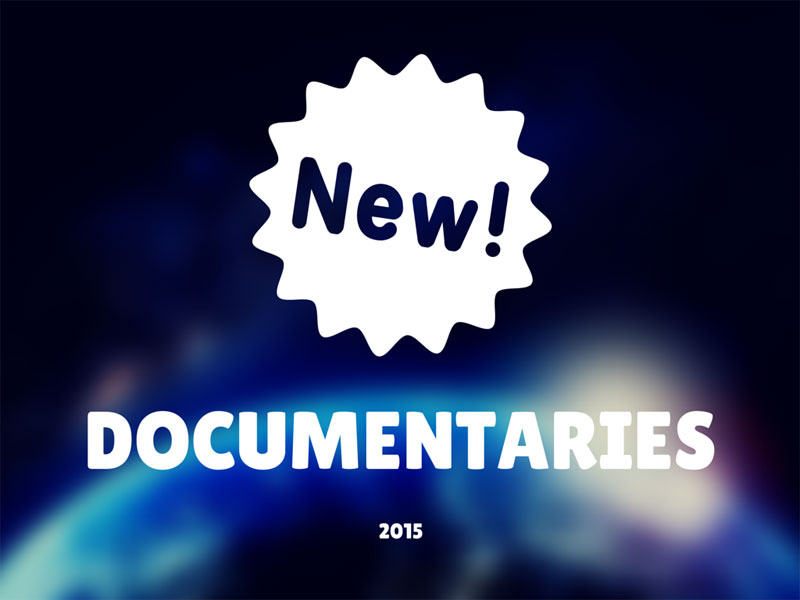
Suppliers of these commodities can credibly demonstrate that their products are “deforestation-free” and legally produced.Buyers of major commodities such as palm oil, soy, timber, and beef can monitor compliance of their suppliers with relevant laws, commitments, and certification standards.Indigenous communities can upload alerts and photos when encroachment occurs on their customary forest lands.NGOs can identify deforestation hotspots in near-real-time, mobilize action, and collect evidence to hold governments and companies accountable for forest-related commitments.Governments can use GFW to better enforce forest laws, monitor concessions, and detect illegal forest clearing.GFW allows a host of users to readily access this information.

Most people lacked the expertise, special software, and resources necessary to access, view, and analyze the data. Previously, the data required to make these maps was difficult to obtain and interpret. The rectangular patches of forest loss show a pattern consistent with agricultural expansion for soy fields and beef pastureland. Zooming into one area of Paraguay demonstrates the important role of agriculture in this trend. While many media reports focus on deforestation of rainforests in the Amazon, the dry tropical forests and savannahs of the Gran Chaco region-which spans across sections of Paraguay, Argentina, and southern Brazil-have some of the highest rates of tree cover loss in the world. Now that we have the ability to peer into forests around the globe, a number of telling stories are beginning to emerge: 1) Global tree cover loss far exceeds tree cover gain. With Global Forest Watch, everyone from business executives to policymakers to indigenous groups can find out what’s happening in forests around the world-and use this information to take action. Global Forest Watch uses cutting-edge technologies to map the world’s forests with satellite imagery, detect changes in tree cover in near-real-time, and make this information freely available to anyone with internet access. This is about to change with the launch of Global Forest Watch, an online forest monitoring system created by the World Resources Institute and more than 40 partners.

But most of us still lack timely and reliable information about where, when, and why forests are disappearing.

Scientists have been studying forests for centuries, chronicling the vital importance of these ecosystems for human society. This post is co-authored with Dave Thau, senior developer advocate for Google Earth Engine, Google's satellite image processing platform.īy the time we find out about deforestation, it’s usually too late to take action.


 0 kommentar(er)
0 kommentar(er)
